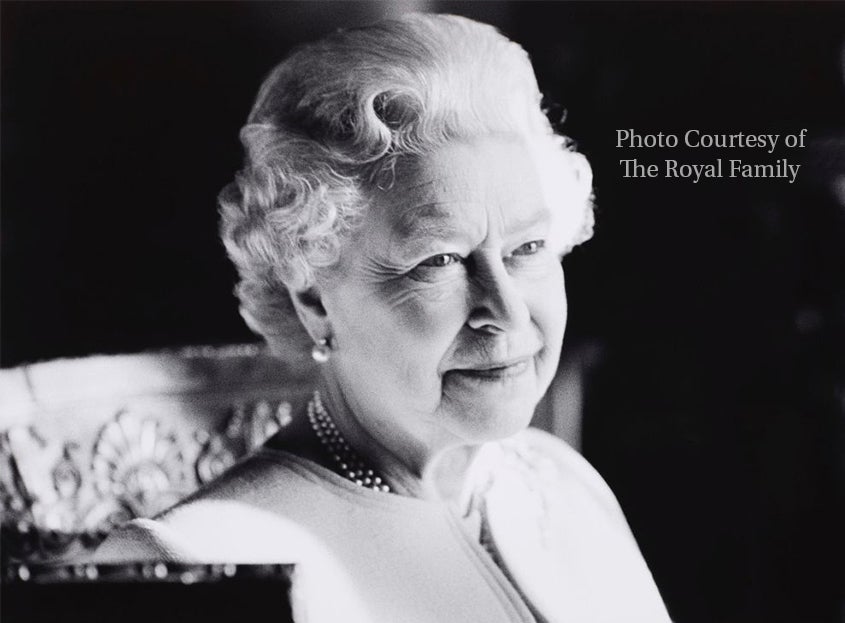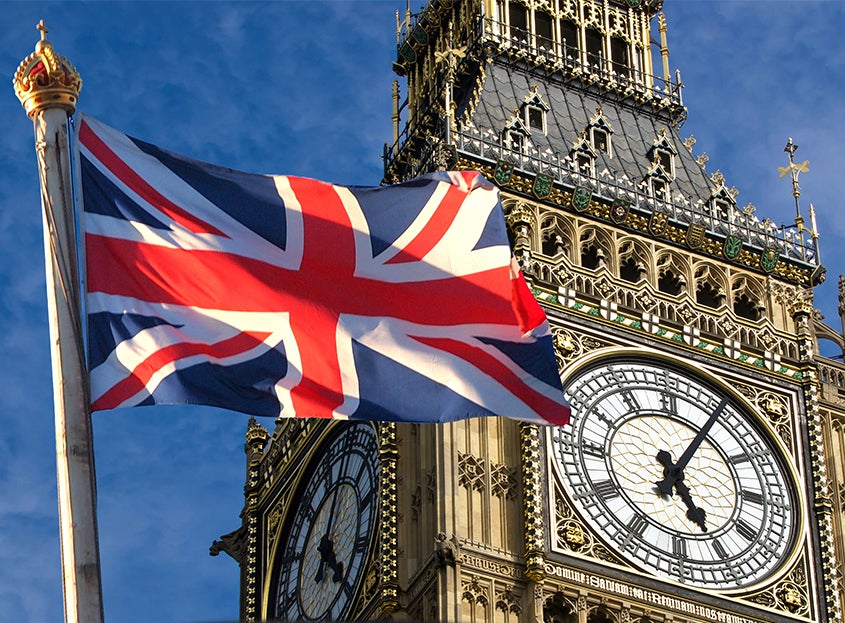The Philanthropic Legacy of Queen Elizabeth II

The death of Her Majesty the Queen has led to a flurry of tributes, and many have pointed to the significant charitable work she carried out over the course of her 70-year reign. She visited over 100 countries as monarch, hosted 180 garden parties at Buckingham Palace and sat for over 200 official portraits, but it is her association with and contributions to the charitable sector that I’d like to focus on in this blog.
One of the qualities which made the Queen so popular was her sense of duty and service. In a landmark speech given on her 21st birthday, before she had become monarch, she famously said: “I declare before you all that my whole life whether it be long or short shall be devoted to your service.” She drew on this incredible commitment in her wide-ranging charity work.
The Queen supported over 600 charities, through her patronage, over the course of her reign. These included some large national charities such as the NSPCC, the Red Cross, Cancer Research UK, Scouts and Girlguiding, as well as some smaller, local, and niche ones. The latter included her Patronage of the Piobaireachd Society—which fosters classical bagpipe music!
The charity the Queen probably had the longest association with was Girlguiding, the UK’s largest girls-only youth organisation. She first joined the Guides in 1937 at the age of 11, alongside her sister Princess Margaret, who joined Brownies. She became the charity’s Patron in 1953, the year after she acceded to the throne. Another charity she became associated with as Princess Elizabeth was the NSPCC children’s charity; she became its President in 1943 and then switched to Patron in 1953. She supported the charity in several ways, attending its centenary thanksgiving service at St Paul’s Cathedral in 1984, and hosting a reception at St James’s Palace in 2007 to mark the end of the FULL STOP appeal. Other long-standing commitments includes her role as Patron of the British Red Cross (since 1949), Cancer Research UK (since 1953) and the Scouts (since 1953).
Special trusts were set up for the Queen’s Jubilees to raise money for charity. For example, the Queen’s Diamond Jubilee Trust focused on addressing avoidable blindness in the Commonwealth. In 2018, the Queen’s Commonwealth Trust was launched in recognition of her lifetime of service and her love for the Commonwealth and its young people.
Through attending engagements and in other ways, the Queen supported many charitable causes. Research published by CAF in 2012 found the late monarch was among the world’s largest supporters of charities, with an estimated £1.4 billion raised just from her work alone.
As in all areas, the Queen led by example. Her son Charles, whilst also Patron of hundreds of charities, has preferred to start his own philanthropic initiatives. Meanwhile, her grandchildren William and Harry have preferred to focus on campaigns like mental health and the illegal wildlife trade. Through her steadfast support for charities, the Queen served as a role model for the whole country. Her work encouraged charity, volunteering and active citizenship, and an aspiration to “the better angels of our nature.” She leaves a formidable legacy for the positive impact she had on the third sector.
NPT UK does not provide legal or tax advice. This blog post is for informational purposes only and is not intended to be, and shall not be relied upon as, legal or tax advice. The applicability of information contained here may vary depending on individual circumstances.
NPT UK is not affiliated with any of the organizations described herein, and the inclusion of any organization in this material should not be considered an endorsement by NPT UK of such organization, or its services or products.


